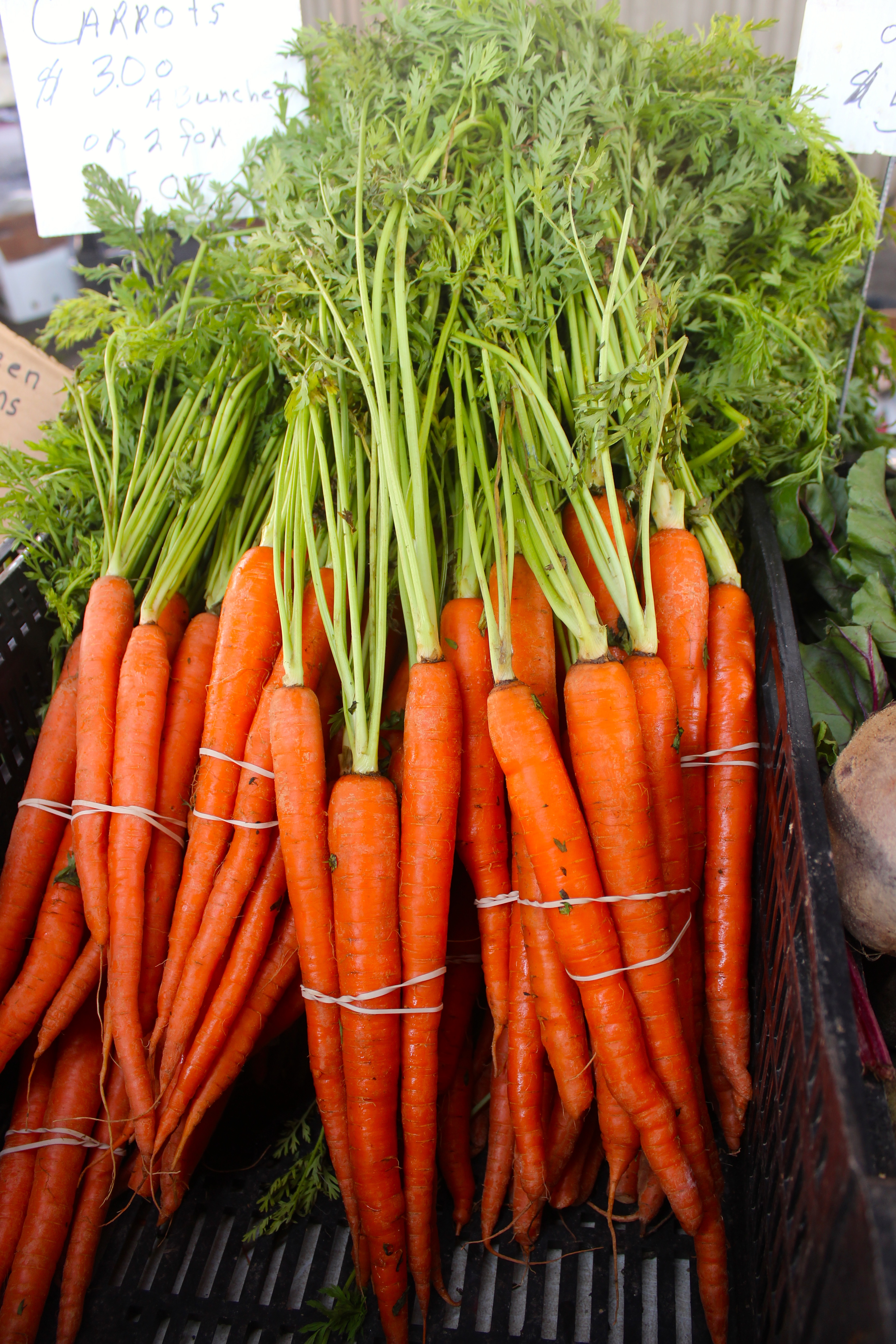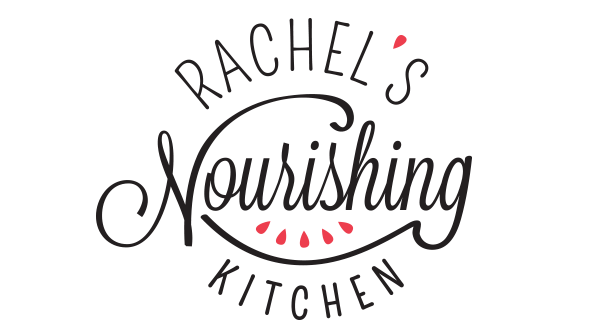Four years ago, I was almost 25 pounds heavier than I am now.
 I had gained weight post-college, as I was juggling two jobs, in the midst of my first dating relationship, and trying to figure out “who I was” outside of school.
I had gained weight post-college, as I was juggling two jobs, in the midst of my first dating relationship, and trying to figure out “who I was” outside of school.
Ask anyone, and they would have said I was “healthy.” To the outside observer, based on everything most of us have been brought up to believe about eating right, I was.
Each morning, I had a big bowl of oatmeal with a generous handful of raisins and a hefty spoonful of peanut butter. A few hours later, I had a snack of some sort, like a meal replacement or granola bar, a handful of almonds or Triscuits and cheese.
For lunch, I ended up eating pretty much the same thing every day – a turkey breast sandwich on a whole wheat sandwich thin with a small piece of provolone cheese, a smear of pesto, and a piece of lettuce. If I was feeling adventurous, I would throw on some sundried tomatoes. I usually finished off lunch with a creamy Greek yogurt and some fruit.
Dinner had the most variety but soon became routine – whole wheat pasta with veggies topped off with more than just a dusting of parmesan cheese, baked chicken with steamed veggies and brown rice, and occasionally breakfast for dinner, or a bowl of cereal if I wasn’t feeling particularly motivated.
Based on everything I had ever learned, I was doing the right things – eating whole wheat products, getting in enough dairy so I’d meet my body’s calcium needs, and avoiding fast food and fried food.
I thought I was eating healthy.
But why was I overweight?
I had been the same weight for about eight years and didn’t think it was possible for my body to weigh less. I had just decided that I was “that size,” that it was because of “my bones,” and that I couldn’t change.
Though I was intentionally moving my body on a daily basis, the key to losing weight wasn’t about spending hours upon hours at the gym. I liked Zumba, running, walking and some group exercise classes like BodyPump, so it was easier for me to stick with them instead of doing exercises I “should” do but didn’t like (i.e., spinning).
Although important and necessary, exercise was only about 20% of the answer. No matter how hard I tried, I couldn’t out-exercise my diet.
In May 2010, I began to do things differently and noticed changes for the first time in a long time.
I had heard a few success stories from people using Houston weight loss services and decided I would try something similar. I liked the idea of having to be accountable for what I ate and keeping track of my calorie intake. I used an online database to track everything I was eating and drinking for about 8 weeks. Using this system, I found out that my diet was deficient in a lot of nutrients and that I was eating more food than my body needed to reach my goal weight. I never thought of myself as overeating before, but I was. A friend told me that since I was so interested in eating more nutrient-rich foods, I should read articles at Fitness Gains because they provide insights into which foods could help to get the right nutrient balance back into my diet. This way I could eat less and still get the nutrients my body needs.
What and how much I was eating were the key factors driving my weight.

Little by little, I made a series of changes, and I’ve never looked back. I have kept the weight off for almost 4 years, even in the midst of planning our wedding, finishing graduate school, and buying our first house.
This truly has been a “marathon” and not a sprint; I didn’t make these changes overnight. I continue to learn more each day and tweak things as I go. I have learned to listen to my body.
Here are the dietary changes I have made to get back to (and maintain) my high school weight:
1. I upgraded my diet by eating A LOT more vegetables. This was the single most important thing I did. Vegetables have more nutrients per calorie than any other food and are high in fiber and low in calories. They fill us up and nourish us. I started making vegetables the base of my lunch, choosing a salad over my traditional sandwich, and treating veggies more as an entrée than a side dish at dinner (roasted, sautéed, and in salads and soups). I ate more vegetables at every meal.

2. I ate less food. For most of us, our body tells us it wants more food because the processed foods we are eating are lacking in nutrients…so we keep eating because our body thinks it will eventually get the nutrients it needs. As crazy as it sounds, we are overfed yet undernourished! Once I started eating more unprocessed, unpackaged, whole foods like fruits, vegetables, nuts, seeds, whole grains and even beans (for the first time in my life!), I ended up eating less because I was finally giving my body the nutrients it craved.
3. I started “crowding out” processed food. Prior to losing weight, I was eating a lot of “healthy” processed food, like whole wheat bread, string cheese, Vitatops, granola bars, and Wheat Thins. Once I started to realize how few nutrients (and how many non-food ingredients and sugar) were in those foods, I started eating less of them and replacing them with whole foods (see #2 above).
4. I cut out dairy. I know, I know. Milk, cheese and ice cream are the holy trinity of deliciousness, and I am evil for even insinuating we can/should go without them. I grew up loving dairy products. I had mint chocolate chip ice cream cake every year for my birthday, yogurt every day for lunch, and some form of cheese at dinner. In the winter of 2012, I cut out dairy for a couple of weeks and noticed something incredible.
Dairy products (cheese, milk, ice cream, etc.) trigger inflammation, and when we are inflamed, our body holds on to weight. Reduce inflammation, and your body will release excess weight. If you’re interested in learning more about inflammation you can learn more here. It’s amazing. As a bonus, I felt less bloated and gassy, my sinus congestion stopped, and I didn’t come down with my typical seasonal bout of bronchitis. Over time, my skin started to clear up and I rarely got pimples! Curious how you might feel without dairy? Cut it out for a few weeks and see what happens!
 5. I nixed whole wheat products and am gluten-free most of the time. Gluten sensitivity and intolerance are linked to everything from frequent bloating and gas, acid reflux, and irritable bowel syndrome to joint pain, brain fog, fatigue, depression, anxiety, eczema, and acne. Gluten (the sticky protein found in wheat, barley and rye) can also trigger inflammation, and inflammation makes us hold on to weight. I don’t have celiac disease, but my body is sensitive to gluten. I started eating more brown rice, quinoa, millet and buckwheat – all non-glutinous grains. To learn more about how gluten might be affecting you and your weight, check out this brief quiz or video and article. Talk to your doctor to get tested for a gluten allergy or sensitivity if you suspect you might have one.
5. I nixed whole wheat products and am gluten-free most of the time. Gluten sensitivity and intolerance are linked to everything from frequent bloating and gas, acid reflux, and irritable bowel syndrome to joint pain, brain fog, fatigue, depression, anxiety, eczema, and acne. Gluten (the sticky protein found in wheat, barley and rye) can also trigger inflammation, and inflammation makes us hold on to weight. I don’t have celiac disease, but my body is sensitive to gluten. I started eating more brown rice, quinoa, millet and buckwheat – all non-glutinous grains. To learn more about how gluten might be affecting you and your weight, check out this brief quiz or video and article. Talk to your doctor to get tested for a gluten allergy or sensitivity if you suspect you might have one.
Amidst all of those changes over the past four years, the conclusion I’ve reached is this – the way I am eating is sustainable.
I’m not on a “diet.” I’m not counting calories. I don’t feel deprived.
I am eating real food, not too much, mostly plants, and my body is responding by maintaining a healthy weight.
What has worked for you to lose or maintain weight? What is your greatest challenge? Feel free to share!

